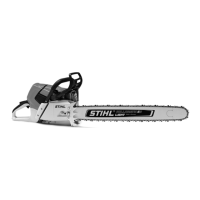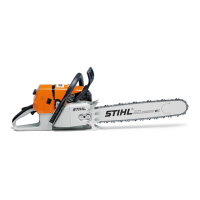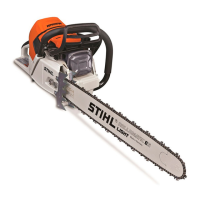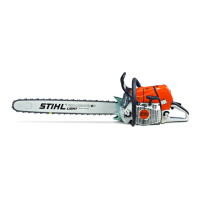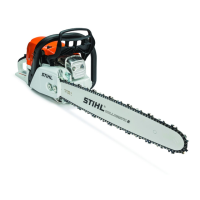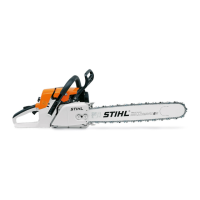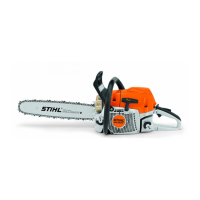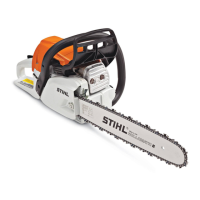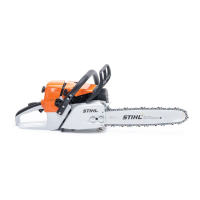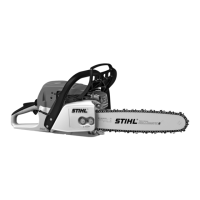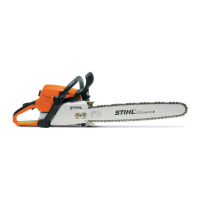How to fix Stihl Chainsaw if engine does not start?
- LLeslie Smith DDSJul 29, 2025
If your Stihl chainsaw engine doesn't start, here are a few things to check: * First, make sure you have enough fuel in the tank. If it's low, mix fuel and refuel the chainsaw. * If the engine is flooded, clear the combustion chamber. * If the carburetor is too hot, allow the chainsaw to cool down. If your chainsaw has a manual fuel pump, depress it at least 10 times before attempting to start the engine. * Finally, if the carburetor is iced up, allow the saw to warm up to +10°C.
